Music
Trailers
DailyVideos
India
Pakistan
Afghanistan
Bangladesh
Srilanka
Nepal
Thailand
StockMarket
Business
Technology
Startup
Trending Videos
Coupons
Football
Search
Download App in Playstore
Download App
Best Collections
Technology
GDCtop sponsors continue to pull out of attending the San Francisco gaming conference. Today, Amazon announced it would no longer be sending employees to the event.
In an update, the team shared that they would instead be hosting a &global online event& to share news that they had been planning to detail at the conference.
Amazon Game Tech is a &diamond partner& at the Game Developers Conference this year, a designation that signifies sponsors &who play an integral role in the success of GDC,& the conference says on its website. At this point, the only diamond partners who have not officially withdrawn are Intel, Nvidia and Google.
Facebook, Sony, Microsoft, Unity and Epic Games have all pulled out of the conference over concerns surrounding the COVID-19 outbreak. Now, Amazon joins them.
TechCrunch has reached out to the other remaining sponsors at the event.
- Details
- Category: Technology Today
Read more: Amazon is the latest to ditch GDC this year
Write comment (91 Comments)End Game Interactive CEO Yang C. Liu has a refreshingly straightforward description of what he and his co-founder Luke Zbihlyj are up to: &We&re just building games. And to be honest, we don&t know what we&re doing.&
Despite this self-proclaimed ignorance, End Game has just raised $3 million in seed funding from an impressive group of investors: The round was led by the game-focused firm Makers Fund, with participation from Clash of Clans developer Supercell, Unity CEO David Helgason, Twitch COO Kevin Lin, Twitch VP Hubert Thieblot, Danny Epstien and Alexandre Cohen of Main Street Advisors and music executive Scooter Braun.
Liu told me that he and Zbihlyj got their start by building websites tied to existing games, such as PokéVision, a site for finding Pokémon in Pokémon GO. However, they were inspired by the success of simple, browser-based multiplayer games like Slither.io to create games of their own — first Zombs.io, then Spinz.io, then Zombs Royale.
Altogether, End Game says its titles have attracted more than 160 million players, with 1 million people playing in a single day. Zombs Royale, in particular, seems to have been a hit — the battle royale game (where a single map can pit up to 100 players against each other) was one of 2018most Googled games in the United States.
Liu said the teamsuccess convinced them to focus their efforts on game development: &Do we want to make products that people simply use, or games that people think about out when they&re going to school, or going to work, or dream about?&
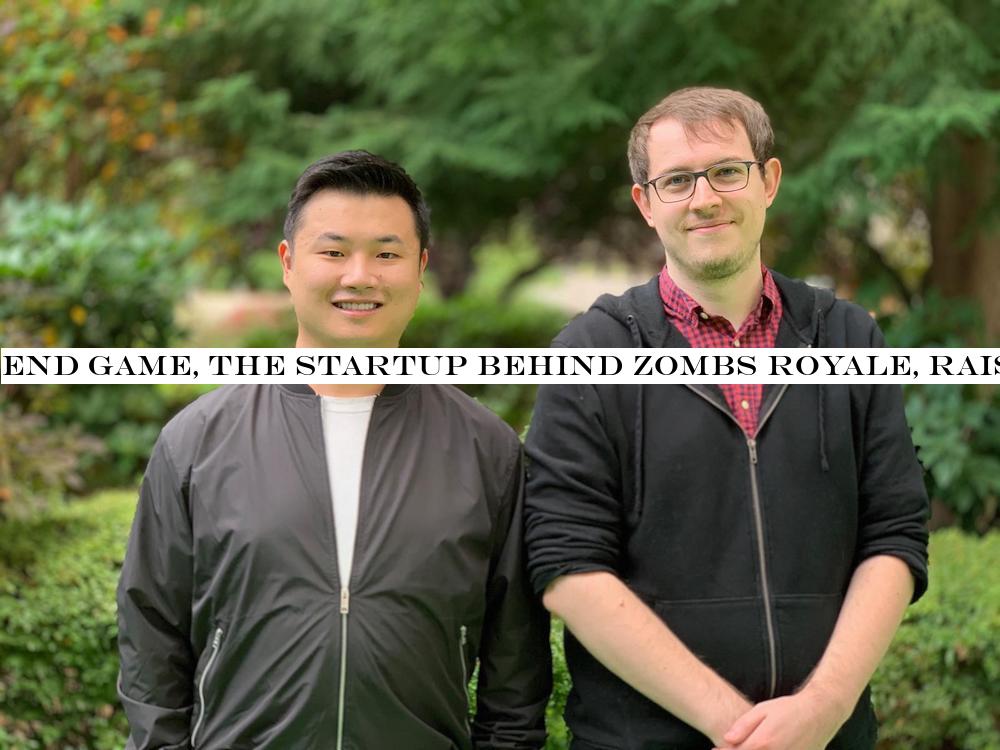
Zombs Royale was supposedly built in less than four weeks, but Liu said that after its launch in early 2018, the team spent most of the year maintaining and scaling the game. Then 2019 was all about building a team and creating the next game, Fate Arena, a title in the new Auto Chess genre thatsupposed to launch on PC, mobile and other platforms soon.
Liu noted that unlike End Gameprevious work, which featured simple 2D art (&On Zombs Royale and Spinz, I did the art, and itterrible&), Fate Arena will feature a &3D, high-fidelity art style.&
But even as the companygames start looking a little less primitive, the goal is still to develop and iterate quickly. Liu said he hopes to fund &many tries& at building other cross-platform, multiplayer games with this seed round.
&We pride ourselves on rapid experimentation,& he said, adding that the key is ¬ biting off more than we can chew.We design [our games] to scale from the beginning. We don&t necessarily need to be World of Warcraft, where you need to make 100 quests as the baseline. We&re focused on games with a small starting point that can scale into something much bigger.&
Supercell Developer Relations Lead Jaakko Harlas made a similar point in a statement included in the funding announcement:
Many companies are quick to point out how fast-moving they are. Then you come across a team like this and realize what being lean and moving fast really means. Yang, Luke and the team have already shown that they can ship accessible games that showcase a real flair for fun, and we look forward to supporting them in their quest for the next big hit game.
- Details
- Category: Technology Today
Read more: End Game, the startup behind Zombs Royale, raises $3M
Write comment (93 Comments)With the next version of Windows 10, coming this spring, Microsoft Cortana digital assistant will lose a number of consumer skills around music and connected homes, as well as some third-party skills. Thatvery much in line with Microsoftnew focus for Cortana, but it may still come as a surprise to the dozens of loyal Cortana fans.
Microsoft is also turning off Cortana support in its Microsoft Launcher on Android by the end of April and on older versions of Windows that have reached their end-of-service date, which usually comes about 36 months after the original release.
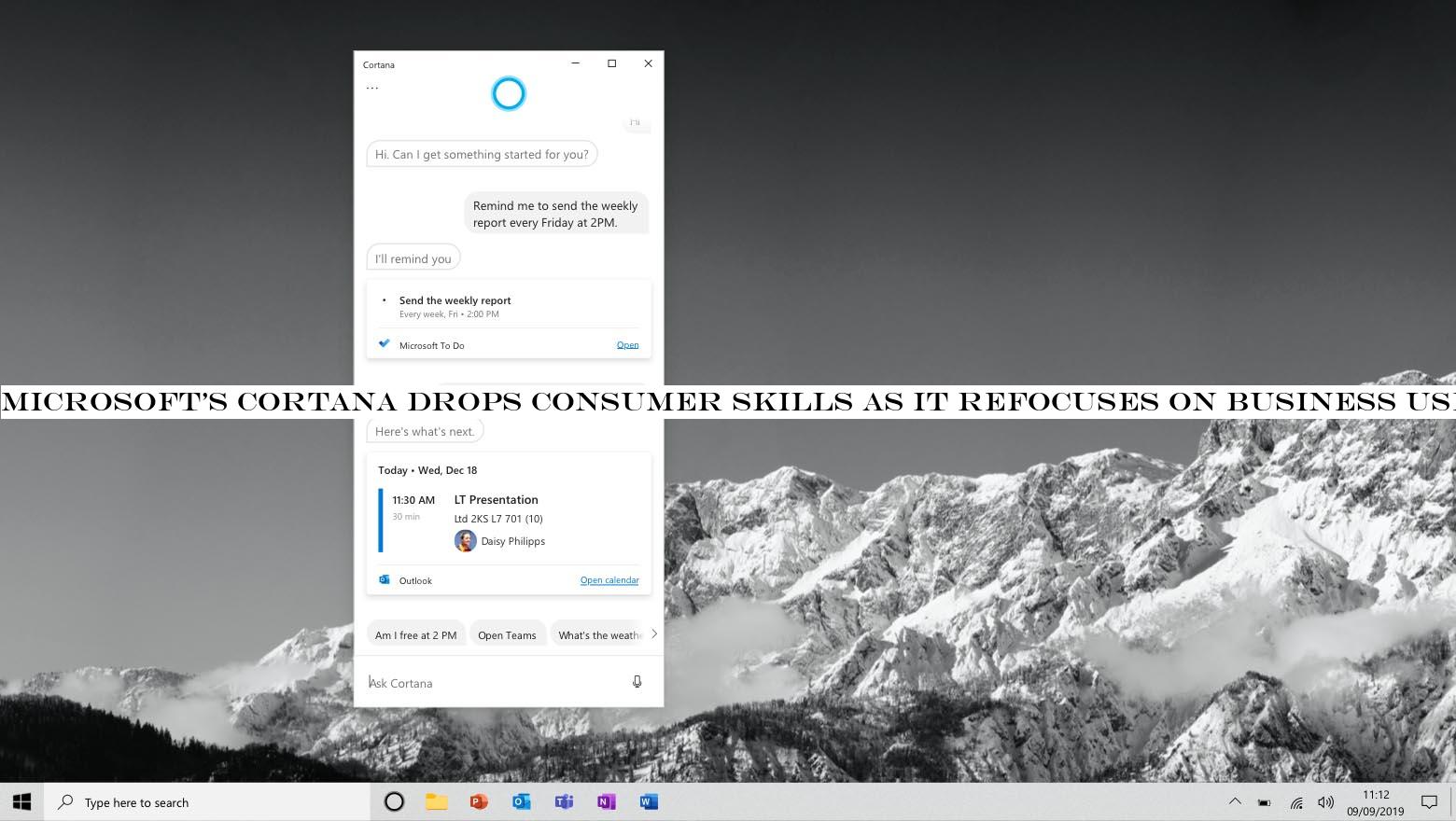
As the company explained last year, it now mostly thinks of Cortana as a service for business users. The new Cortana is all about productivity, with deep integrations into Microsoftsuite of Office tools, for example. In this context, consumer services are only a distraction, and Microsoft is leaving that market to the likes of Amazon and Google .
Because the new Cortana experience is all about Microsoft 365, the subscription service that includes access to the Office tools, email, online storage and more, it doesn&t come as a surprise that the assistantnew feature will give you access to data from these tools, including your calendar, Microsoft To Do notes and more.
And while some consumer features are going away, Microsoft stresses that Cortana will still be able to tell you a joke, set alarms and timers, and give you answers from Bing.
For now, all of this only applies to English-speaking users in the U.S. Outside of the U.S., most of the productivity features will launch in the future.
- Details
- Category: Technology Today
Read more: Microsoft’s Cortana drops consumer skills as it refocuses on business users
Write comment (96 Comments)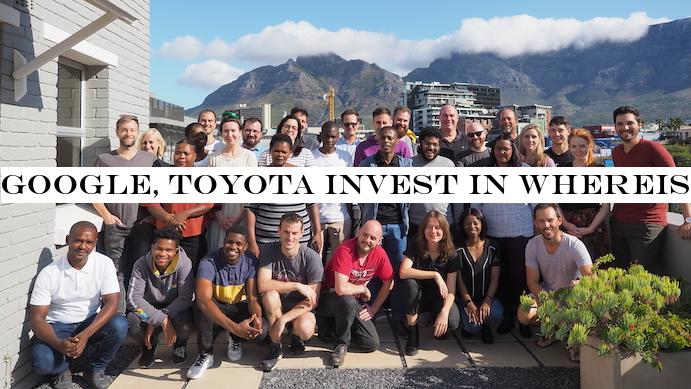
In emerging markets, up to 80% of the population may have to rely on informally-run public transport to get around. Literally, privately-run buses and cars. But journey-planning apps that work well for commuters in developed markets like New York or London do not work well in emerging markets, which is why you can&t just flip open an app like Citymapper in Lagos, Nigeria. Furthermore, mobility is a fundamental driver of social, political, and economic growth. If you cannot get around, you can&t grow as a country, so itpretty important for these emerging economies.
WhereIsMyTransport specialises in mapping these formal and informal public transport networks in emerging markets. They have mapped 34 cities in Africa and are mapping cities in India, Southeast Asia and Latin America. Its integrated mobility API includes proprietary algorithms, features and capabilities designed for complex transit networks in these emerging markets.
Itnow raised a $7.5 million Series A funding round led by Liil Ventures, that also includes returning investors Global Innovation Fund and Goodwell Investments, plus new strategic investment from Google, Nedbank, and Toyota Tsusho Corporation (TTC).
The platform now has more than 750,000 km of routes in 39 cities and the new strategic investment will drive further international expansion.
Devin de Vries, said: &We make the invisible visible, by collecting all kinds of data related to public transport and turning the data into information that can be shared with the people who need it most. In emerging markets, the mobility ecosystem is complex; informal public transport doesn&t behave like formal public transport. Data and technology solutions that work well in London or San Francisco wouldn&t make anything like the same impact, if any at all, in the cities where we work. Our solutions are designed specifically to overcome these contextual challenges.&
Mr. Masato Yamanami, Automotive DivisionCEO of Toyota Tsusho Corporation, also said that &our divisionglobal network, that covers 146 countries, is primarily focused on new emerging countries where people rely on informal public transport. Through strategic collaboration with WhereIsMyTransport, we will establish better and more efficient mobility services that help to resolve social challenges and contribute to the overall economic development of nations, primarily emerging nations.&
Finally, Alix Peterson Zwane, Chief Executive Officer of Global Innovation Fund, said: &Informal and often unreliable mass transit is a significant problem that disproportionately affects poor people. We are excited to continue to work with WhereIsMyTransport to make mass transportation in emerging cities more accessible and more efficient.&
- Details
- Category: Technology Today
Read more: Google, Toyota invest in WhereIsMyTransport to map transport in emerging cities
Write comment (92 Comments)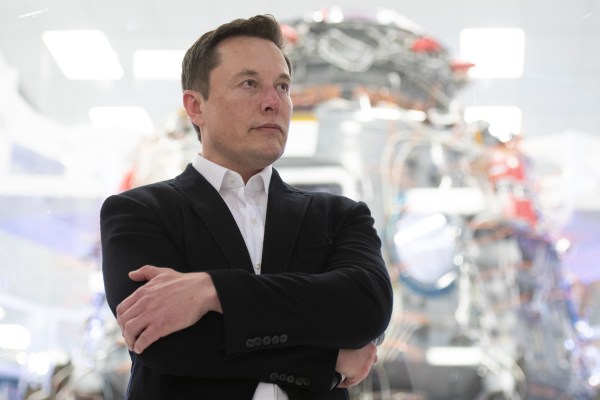
In a wide-ranging discussion at the Air Warfare Symposium held by the U.S. Air Force, Elon Musk touched on some old and new themes, but one highlight of the discussion was the small window into hiring and firing practices at SpaceX — arguably one of the worldmost demanding engineering companies.
The company prides itself on innovation, and, for its chief executive officer, that apparently extends to the interview process itself.
&[When we] interview people we ask for some evidence of exceptional ability that includes innovation,& says Musk. &At the interview point we select for new people who want to create new technology.&
The mercurial chief executive didn&t elaborate more fully on what proof of innovation looks like in the interview process or in an applicantprevious work, but itan interesting bullet point on the companypractices.
And the emphasis on innovation extends to the companyincentive structure, advancement decisions and ultimately how long someone will remain at the company, Musk said.
&Incentive structure is set up that innovation is rewarded and making mistakes along the way but failure to try to innovate comes with a big penalty,& Musk said. &You will be fired.&
Itnot just a failure to innovate, according to Musk. If the employee&innovations aspirations are not very good, they will no longer be at the company.&
This emphasis on innovation is critical for companies and nations to remain ahead of their competition. Musk said he doesn&t necessarily worry about intellectual property theft at either Tesla or SpaceX because hopefully the companies are developing technologies that are at least three years ahead of the competition.
&The way you achieve intellectual property protection is by innovating fast enough,& says Musk. &Speed of innovation is what matters. I do say this to my teams quite a lot. Innovation per-year is what matters.&
Although a company like IBM, with a massive patent portfolio and thousands of innovations locked in its laboratory might take issue with the sentiment, Musk says his point extends not just to companies, but to competing nation-states too.
Specifically, Musk mentioned the need for innovation if the U.S. is going to compete effectively against China, a country that could have an economy twice to three-times the size of the United States in the coming years.
&The foundation of war is economics,& Musk said. &If you have half the resources of the counterparty then you better be real innovative because [otherwise] we&re going to lose… The U.S. will be, militarily, second.&
- Details
- Category: Technology Today
Read more: Wondering about getting a job at SpaceX Elon Musk says innovation is the main criterion
Write comment (100 Comments)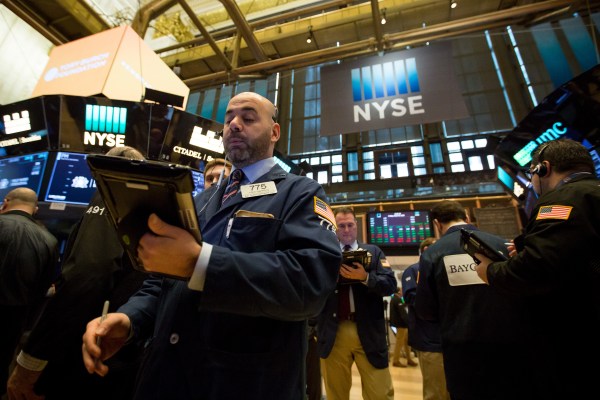
Hello and welcome back to our regular morning look at private companies, public markets and the gray space in between.
All around, this has been a tough week. The coronavirus is spreading and worry is running high as infections mount. In economic terms, global markets were repeated declines last night (domestic results here), and the U.S. indices are off again this morning.
Therebeen plenty of bad news to read, even in our private market, startup-focused world. Yesterday the impact of COVID-19 on earnings became more apparent, bringing what has, for months, been an external concern to domestic technology companies. The problems are now. The past weekmarket collapse into correction territory hasn&t helped,.
But the story so far has largely beenpublic-market focused and with good reason: You can see the public markets contract in real-time. Itfar harder to see into the shifting dynamics of the private market. Today, however, we are going to try, all the same, by digging into some preliminary venture capital data.
I realize that the last few days have been awful. So, at the end of this piece, I&ve excerpted a quote from a recent interview I held with the CEO of Smartsheet, Mark Mader, about tech cycles, downturns, and getting through tough times. Itperhaps useful today as the downward trend appears to continue.
Letstart with a brief reminder of how elevated stock prices remain and what that means for tech multiples, and then look at early February VC results from the U.S., China and Europe. With that, in Sanskrit: अभिमुखी करोति.
Multiples, Markets
Before we dig into the venture capital data, a reminder that, even with recent declines, we&re still in warm waters as far as tech valuations go.
- Details
- Category: Technology Today
Read more: Public markets fall yet again as venture deal counts appear to slip
Write comment (91 Comments)Page 1335 of 1414

 20
20








 GDC (@XCK3D) February 27, 2020
GDC (@XCK3D) February 27, 2020